When it comes to protection from the scorching summer sun we tend to look to the usual suspects: sunglasses, floppy hats, sunscreen and protective clothing. But have you ever considered carrying a parasol?
Just ask New York-based ad creative turned parasol designer Lisa Selwitz, who believes in the importance of protecting one’s skin, and who took her conviction a step further by founding Lily-Lark – a company that designs and handcrafts artistic, Asian-inspired parasols that protect from over 98% of UV rays.
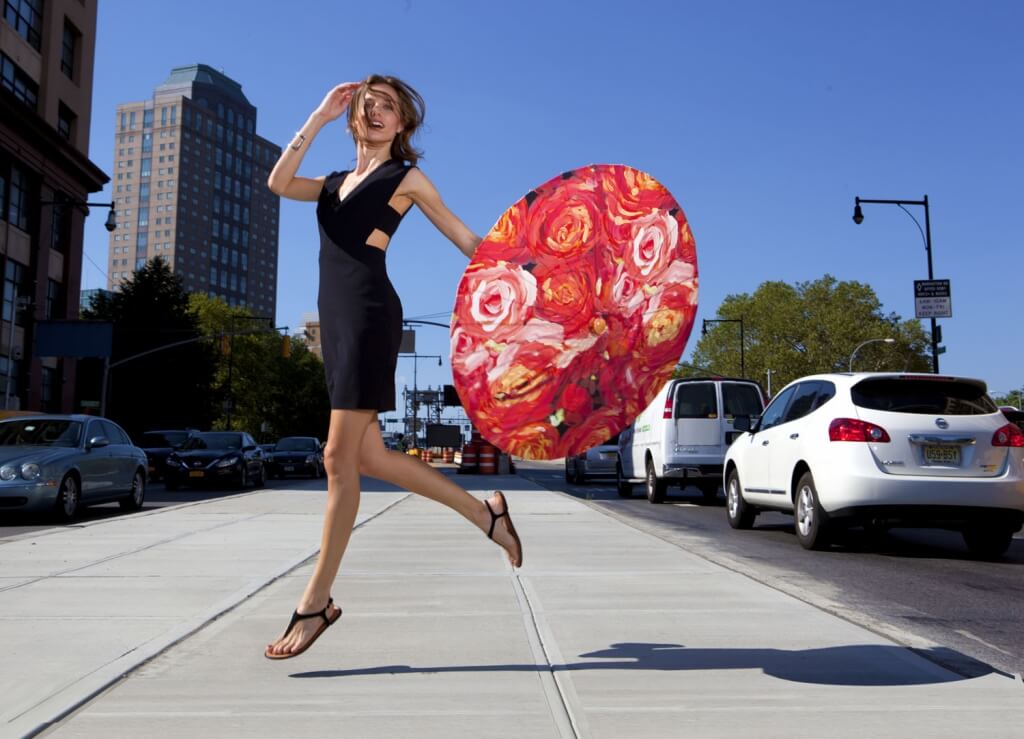
From Status Symbol To Sun Protection
Parasols (literally translated from its French and Italian roots as “defense against the sun”) are not a new thing, having been around for centuries in China, ancient Egypt and Assyria.
“Surprisingly, they’re older than umbrellas,” says Selwitz. “They evolved from plants and animal skins to cloth and other materials – so expensive they were only used by nobility and royalty. … Over the years, parasols became a fashion accessory of wealthy women, eventually making their way to European countries and America where they were considered essential to a woman’s outfit,” she explains.
“Eventually, when the suntan became popular as a mark of beauty, a sign of affluence and the beach lifestyle, parasol use waned. In modern times, as we become more aware of skin damage, all sorts of methods of protection are being used, and parasols are slowly making a comeback.”
A Work Of Art
While UV protection is a critical feature, that’s not the only highlight of Selwitz’s brand of parasols. Her designs are a work of art. As she puts it, “the inner construction of a Lily-Lark parasol is a centuries-old bamboo configuration, with canopies that are fine art. The art is unique, and you can see the artists’ hand in it. Ultimately, it’s about 180 degrees from an umbrella.”
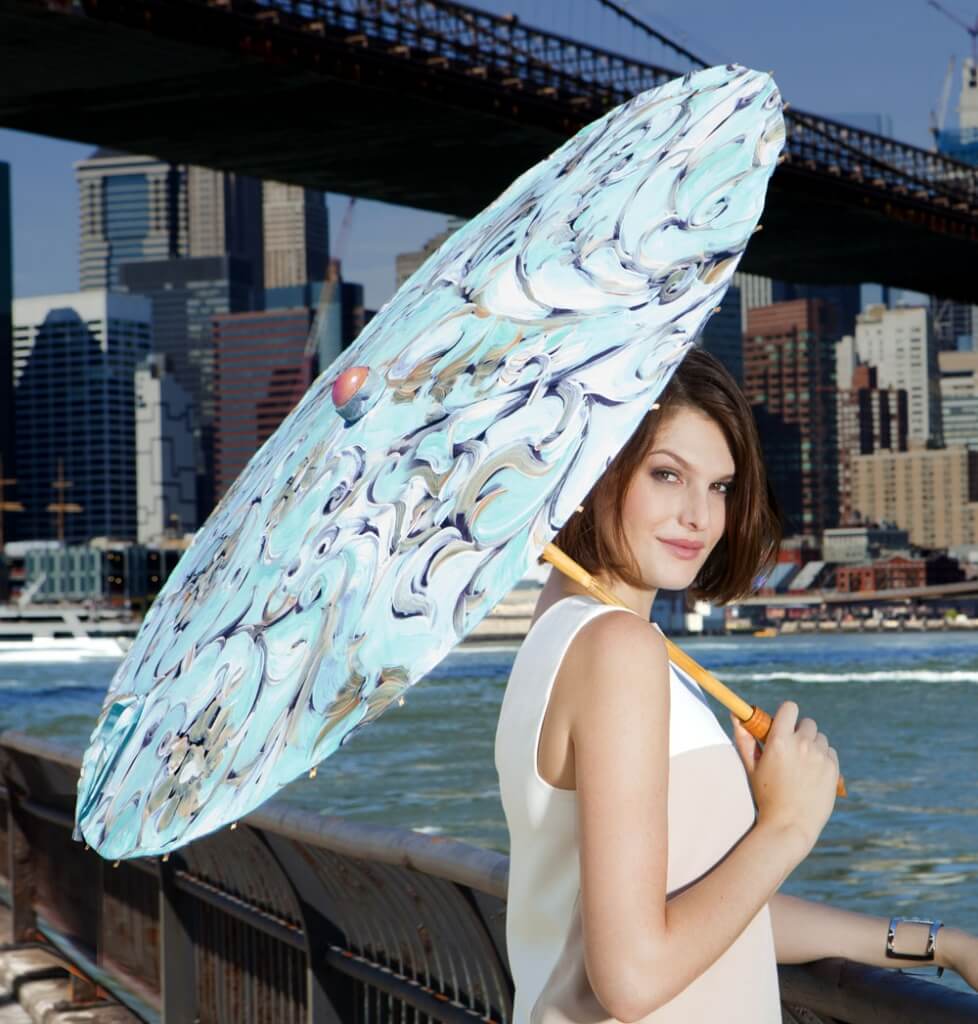
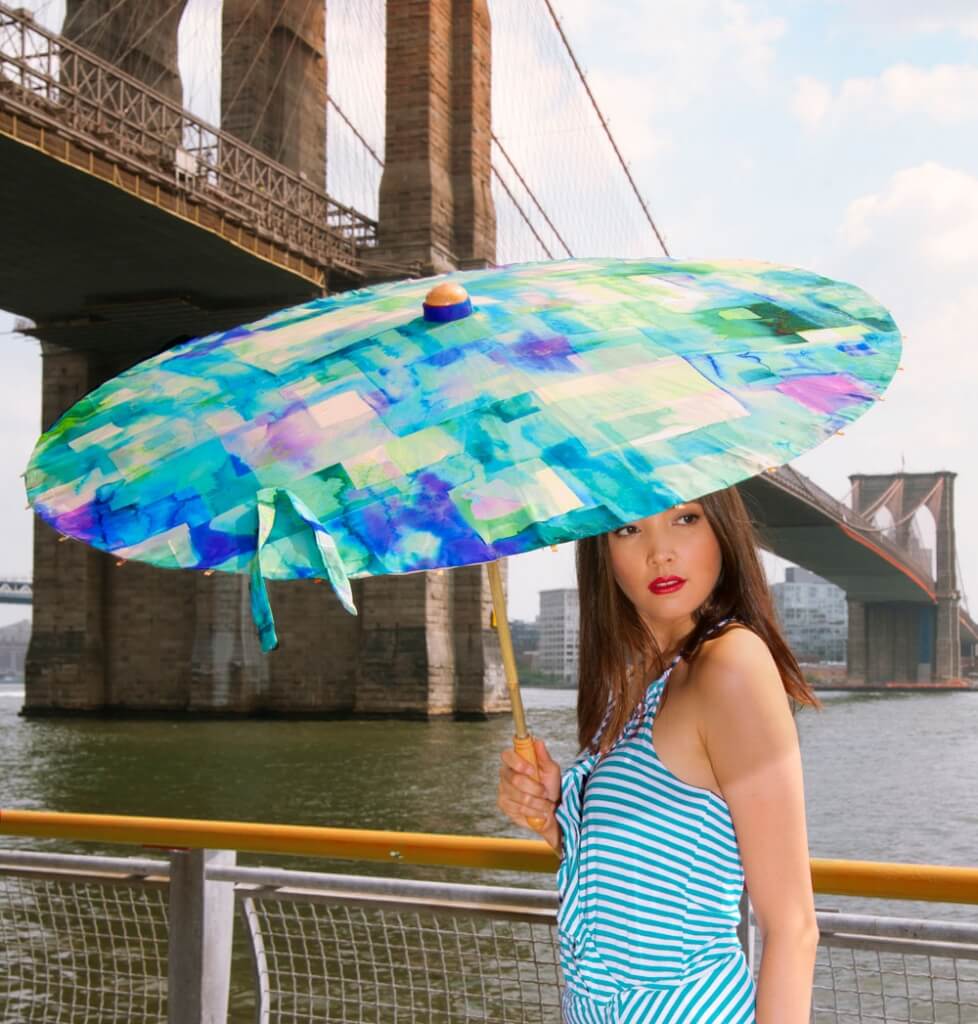
We asked Selwitz about her passion and inspirations, as well as the challenges behind reviving an almost forgotten fashion accessory.
Initially, what ignited your passion for parasols?
Lisa Selwitz: Getting into parasols was an organic path for me. I had long been protective of my skin, because I was a woman in an ageist industry. I always liked the idea of walking with an umbrella in the sun, but really nobody was doing it. One day, I was at a sculpture garden with my aunt, who was carrying this gorgeous bamboo parasol around the premises in the hot sun. I fell in love with the traditional Asian construction and took note of it. When I finally started seeing women in urban areas begin to carry umbrellas in the summer, I was inspired to create something better. I thought of my aunt’s parasol and the designer in me just took off.
How did you learn about designing and crafting parasols?
It was a lengthy process to bring the parasols to fruition. Making such a unique item was a double-edged sword: being unusual makes them desirable, but not easy to source. You can find manufacturers in parts of Asia that’ll whip out the cheap paper or nylon ones for the price of a cup of coffee. But that wasn’t the idea I had in mind. I wanted to make a quality product that wasn’t like anything anywhere in the world. It took years of research before I found a manufacturer who would and could make what I wanted. My father was a research scientist, and it’s in my DNA to research something until I find a way to solve the problem.
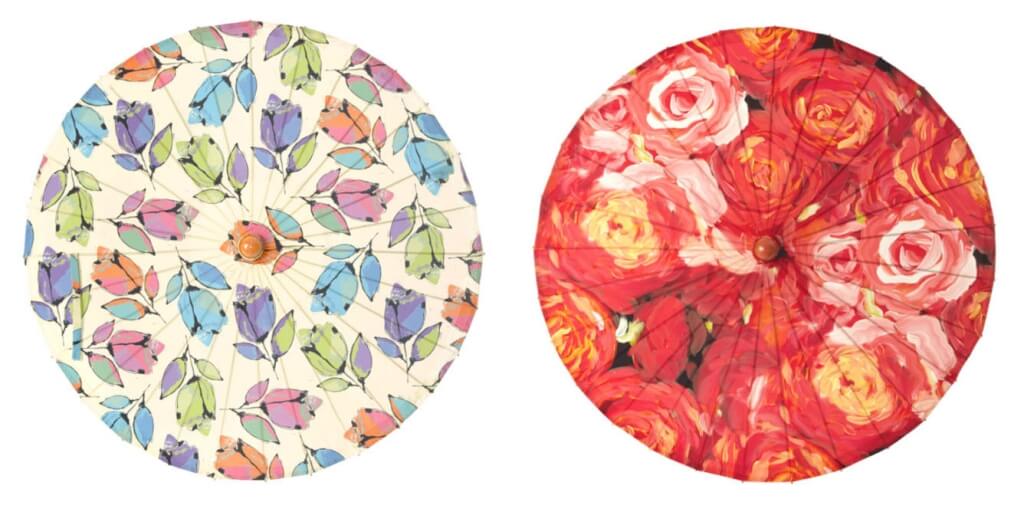
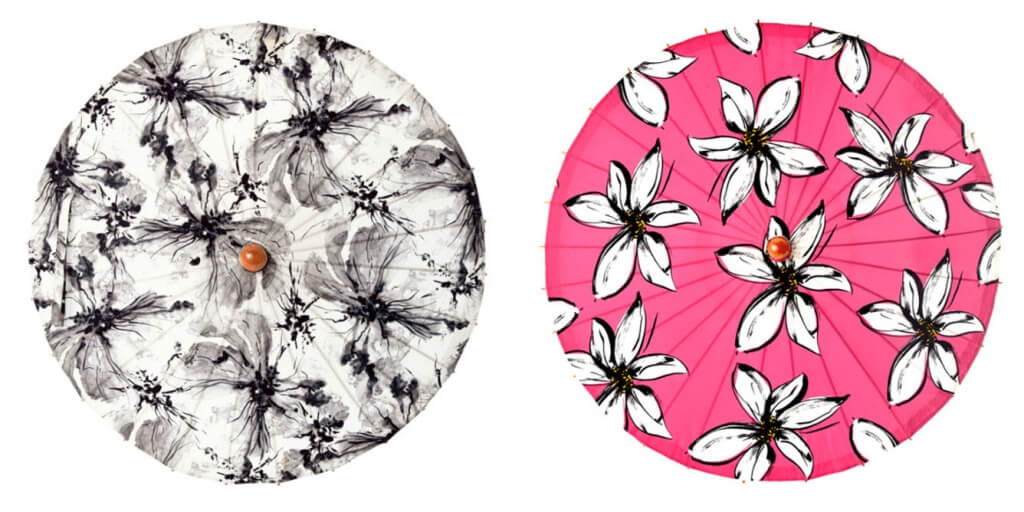
It took about a year and a half before the manufacturer got the design down. Once the original samples were approved, we went into production. Several months later I discovered that the production had gotten very sloppy and needed to be re-configured. I pushed the manufacturer to figure out how to make them right. At one point I wasn’t sure I’d even have a product or a company. But finally, they came through.
Could you guide us through the process of designing and crafting a Lily-Lark parasol?
The process starts with learning each season’s colour and print trends, then going to surface textile design trade shows where I purchase the prints. This is a key moment, because the prints define who we are, and are a major element of our brand identity.
Once the print is purchased, I may re-design the colour palette, rescale the objects in the print and move things around. I may play with how it comes together as a final design. That’s where my art direction background comes into play.
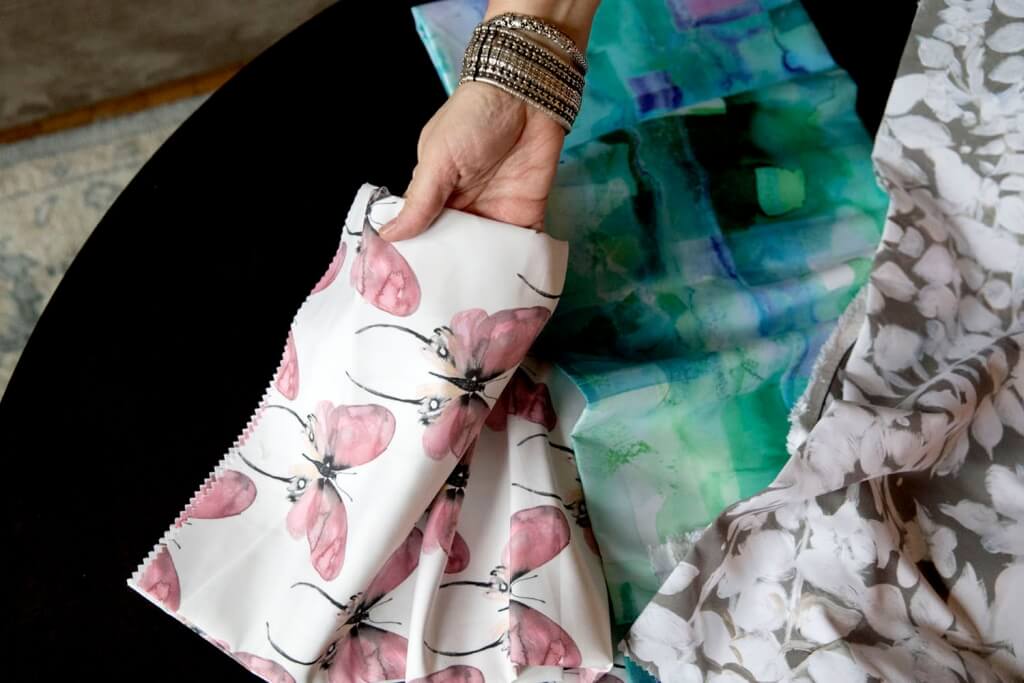
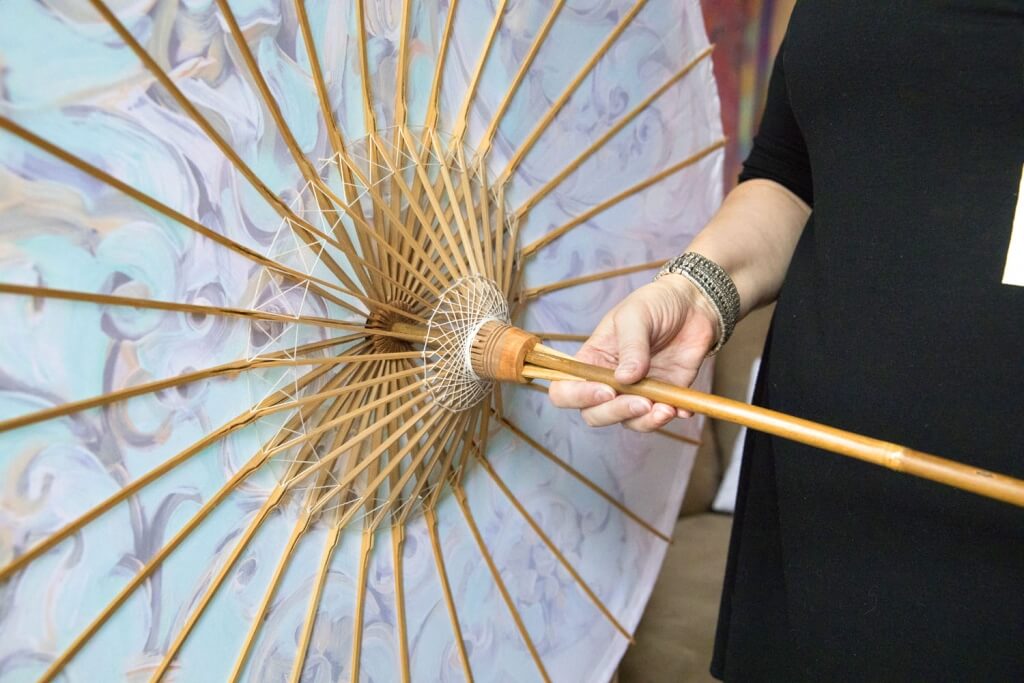
After the print is finalised, it gets colour tested by the digital fabric printer. When the test fabric is approved and finally printed, the manufacturer takes it, cuts it into circles for the canopies, assembles the bamboo frames and then attaches the canopies to the top of the entire construction. A seamstress sews matching carrying cases for the parasols.
…and which is your favourite part?
Hard to say – each step has its own rewards. It’s exciting to see it all come together. A print that you purchase from a tiny little painting finally becoming a beautiful parasol is like seeing something in nature bloom right in front of you.
Where do you draw artistic inspiration from?
While my background is in more of a commercial/graphic design arena, I grew up in a household with an abstract fine artist. My mother is one of the most talented artists I’ve ever seen, and that guides my colour sense and general visual vernacular. Pretty much every print I purchase is a watercolour, oil painting, etching, ink drawing, collage or some other medium that is created by an artist. Each parasol is a work of art.
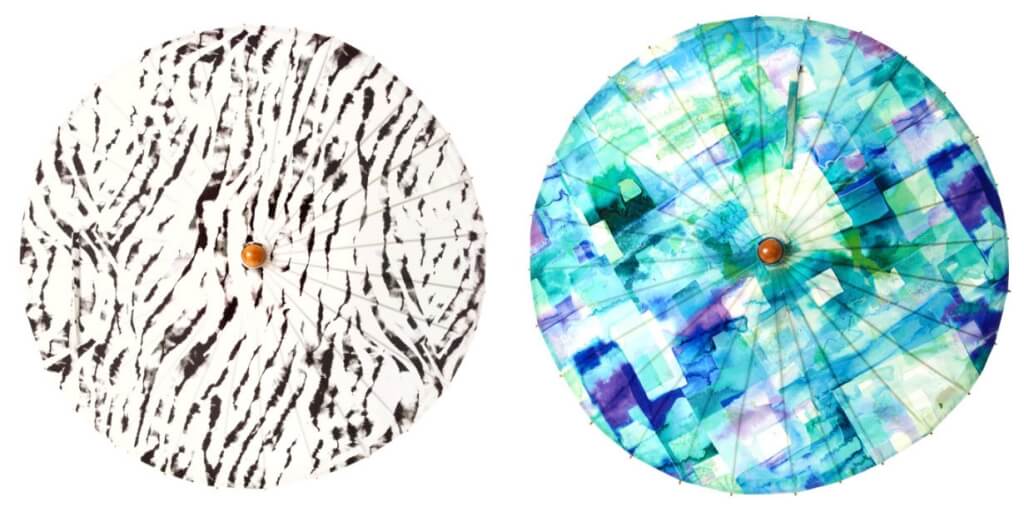
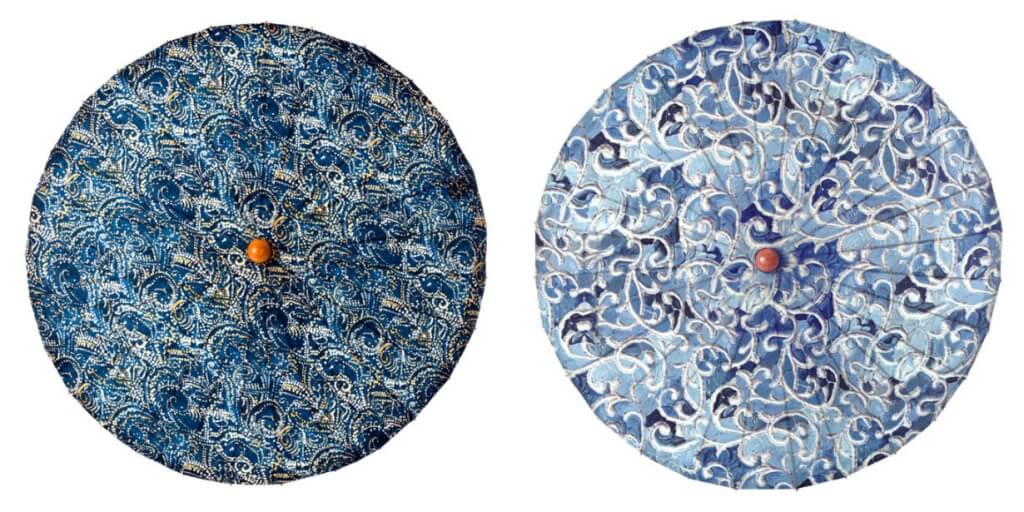
All said and done, not everyone is comfortable carrying a parasol – what would you tell those who are hesitant?
I’m not really in the market of trying to convince people to carry them. They’re either comfortable or not. But when people finally try them, they discover how much more comfortable it is under a parasol than under the hot sun, and appreciate not getting burned or having hat hair (plus they cover a lot more surface than a hat!). The parasols come with matching carrying cases, so they can be carried over the shoulder when not in use. Given that they can be carried in a bag and not held at all times, they’re less likely to be left places. In the end, the trend is slowly starting to take off. As more women start enjoying them, others will see them and be inspired to try them.
Are they any dos and don’ts when it comes to pairing a parasol with different types of clothing?
There are no real don’ts. The do, especially with a Lily-Lark, is to have fun and enjoy it as a fashion accessory. Be bold with pairing prints, and don’t worry about what others think. Most likely, they’ll come up to you and ask you where you got yours. I never leave the house without a stack of business cards when I’m carrying a parasol. I get stopped constantly.
Explore Selwitz’s parasol collections at Lily-Lark

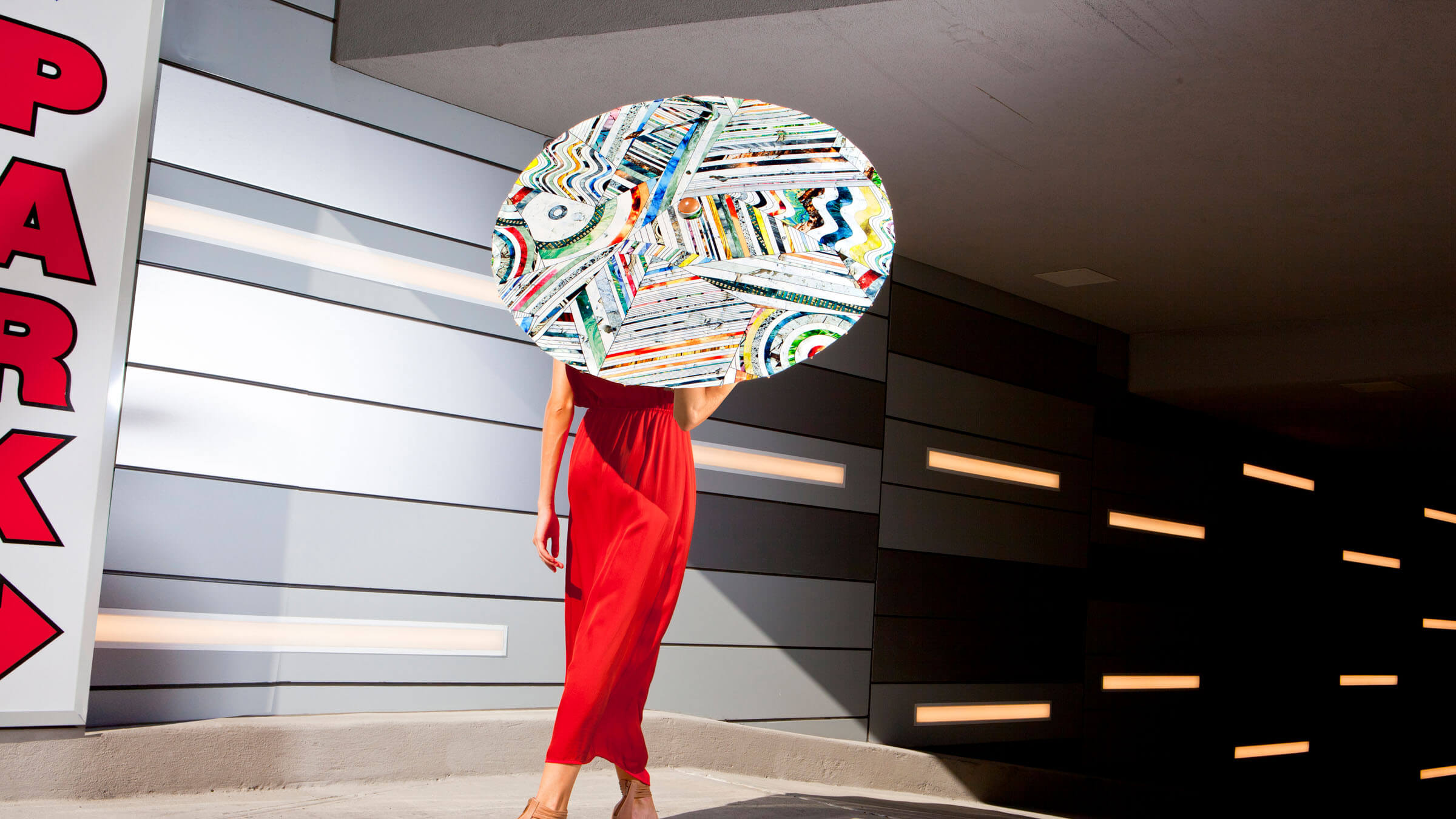
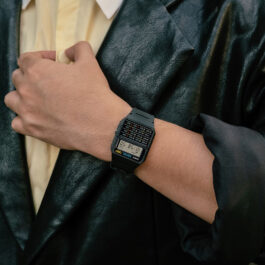
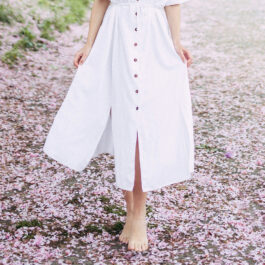
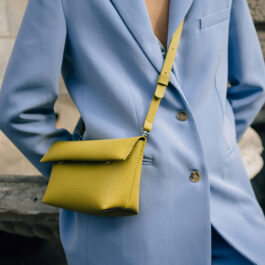
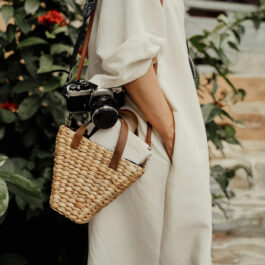


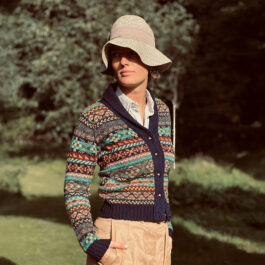


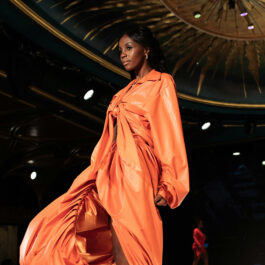
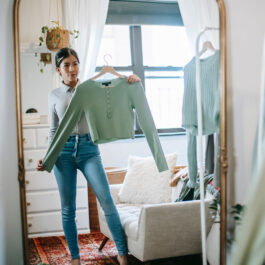
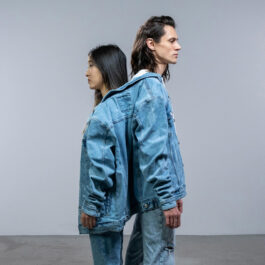
Sorry, the comment form is closed at this time.